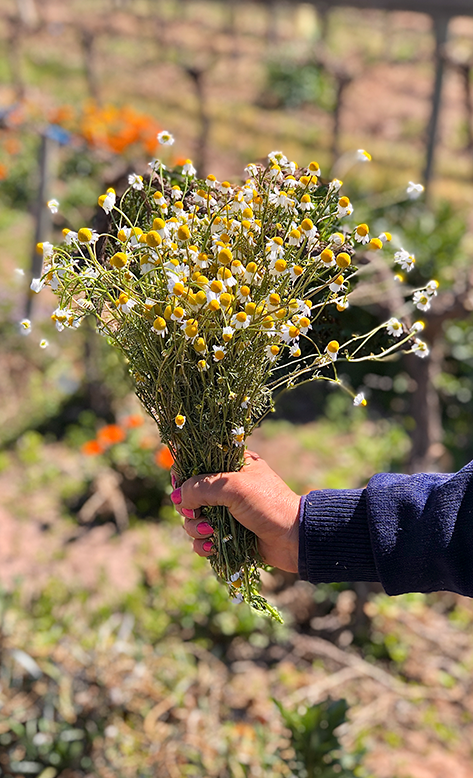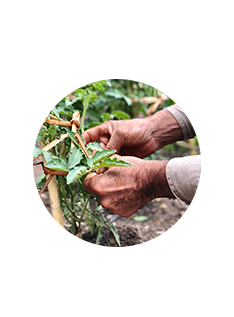BIODYNAMICS
Biodynamic agriculture uses a holistic approach and ensures self-sustainable cultivation practices, with the aim of forming agricultural individuality that strengthens the producer's skills and their relationship with the natural and social environment. Honest, natural, authentic wines that haven’t been tampered with.
DOWNLOAD 2023 CALENDAR
It’s a form of regenerative agriculture that sees each farm as a living, self-sustaining organism. Through organic practices, vitality is restored to the soil and the well-being of the plants, animals and humans that surround it is improved, resulting in a product of exceptional quality.
Biodynamics is one of the oldest
existing forms of ecological agriculture.
Origin: Biodynamics is one of the oldest existing organic farming methods. The beginnings of this movement occurred during a series of lectures given by the Austrian-born philosopher and father of biodynamics, Rudolf Steiner, in the 1920s. Dozens of European farmers joined these lectures, as they were concerned about loss of quality and deterioration of both the food they were growing and animal reproduction. Biodynamic farmers give more back to the land than they take when they grow crops and raise animals.
Dandelion flower harvest for Preparation 506

Biodynamic compost
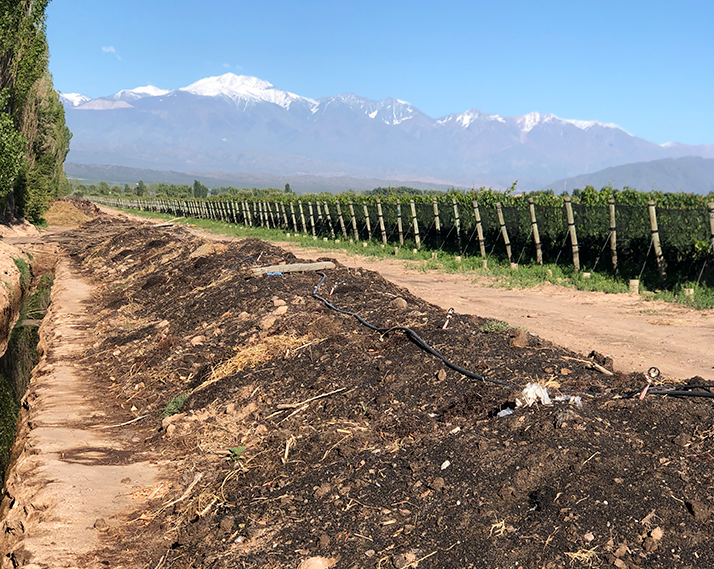
Californian worm from our soil
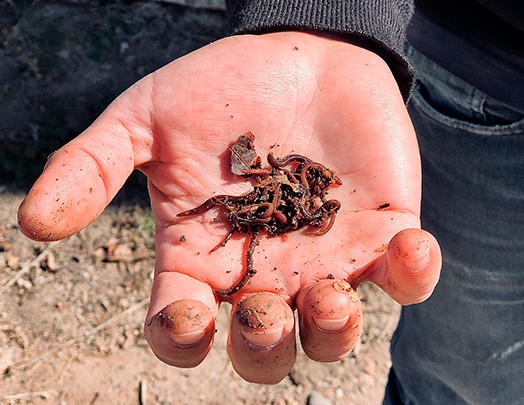
BIODYNAMIC WINES
Biodynamic wines are the result of a process that considers the environment, the health of the consumer and the production of more honest and authentic terroir wines, without tampering with the juice.
-
We do not use herbicides, pesticides or chemical fertilizers.
-
We use our own biodynamic preparations, made from cow manure, sand and medicinal plants that we grow on the farm.
-
We don’t grow any types of transgenic plants.
-
For the fermentation of the wine, we use native yeasts (of the same fruit).
-
We try not to manipulate or acidify the juice and minimize the use of sulfur in the production.
Dandelion flower harvest
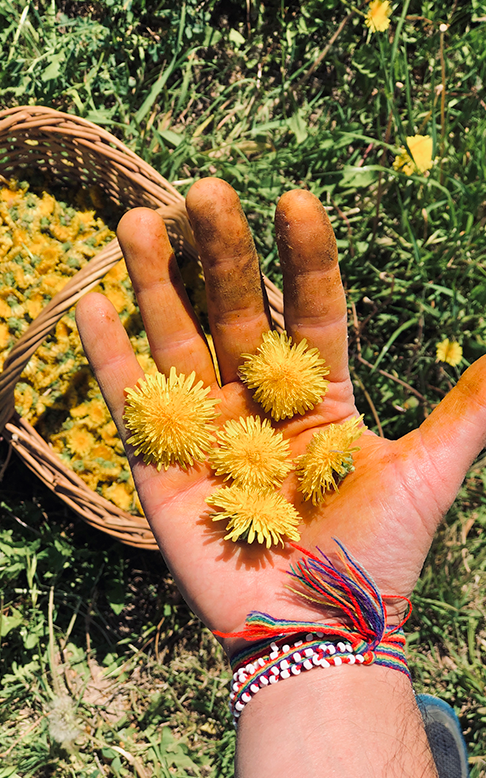
PREPARATIONS
The conditions under which preparations are made are as important as their constituent parts. Most of the materials need a complete, year-long cycle to mature and be harvested.
Biodynamic storage room
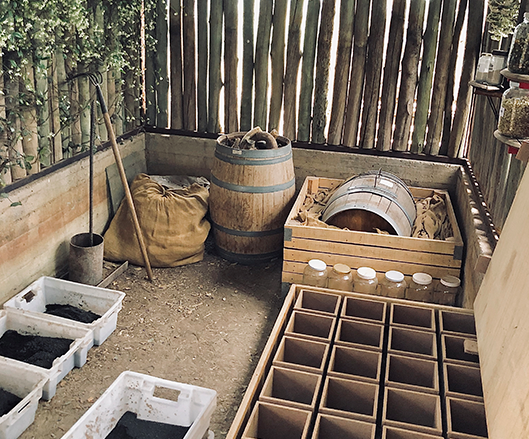
Rudolf Steiner (1861-1925) prescribed nine different preparations to help with fertilization–which are the cornerstones of biodynamic agriculture–and described how they should be prepared. The use of Biodynamic preparations, together with the use of the Biodynamic astronomical calendar, lead to the development of the health and fertility of this agricultural organism. They manifest themselves as true "vital forces" that permeate the nourishment being produced like "carriers of life". This is the greatest distinguishing quality of Biological-Dynamic production.
Soil fertility and life processes can be enhanced and harmonized through the use of special preparations made from yarrow, dandelion, chamomile, nettle, oak bark, and valerian during the composting process; as well as those prepared for spraying, which are made with cow dung and finely ground quartz. This allows the proper regulation of the forces acting in nature, and produces a distinctive quality.
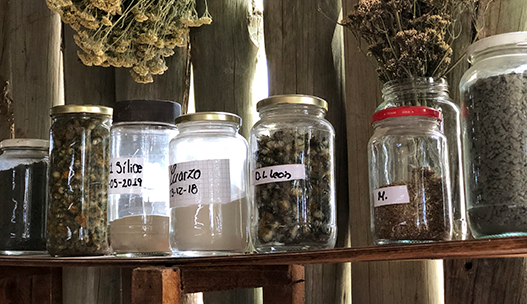
Biodynamic preparations
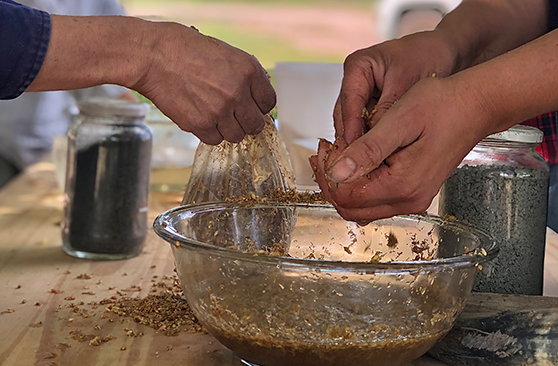
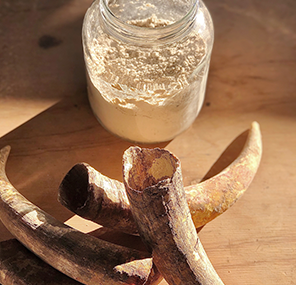
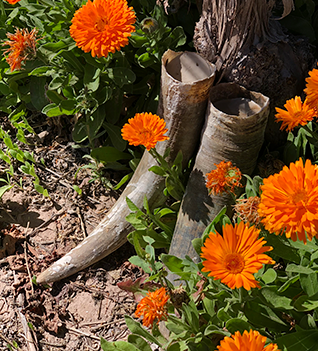
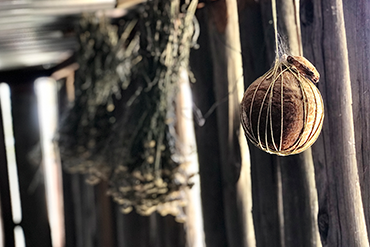
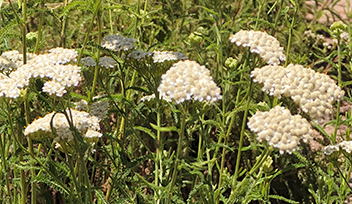

In biodynamics, we also take into account which constellation the moon is in, since it determines in which part of the plant its energy is concentrated.

Earth Constellation
A time for the roots and the bark, favoring vegetables that grow underground.

Air Constellation
The energy favors flowers and flowering vegetables.

Water Constellation
The leaves take center stage under its influence.

Fire constellation
Fruits and seeds are favored.
Garden of homeopathic plants for biodynamic preparations

"Our commitment to biodynamic agriculture is based on maintaining our farms using sustainable and self-sufficient work, with living soils that exist in harmony with a huge biodiversity of flora and fauna."
"Biodynamics puts you in front of a unique product. It doesn’t mean it’s better, but it is different from everything else."
Gabriel BloiseCurrently, biodynamic agriculture starts with the fundamental concepts of organic agriculture, adding on a set of principles to expand its reach.
Based on the work we’ve done with Alan York, a pioneer of biodynamic winegrowing in the USA who died in 2014, we have identified 4 fundamental principles that guide our agriculture.
Franco and Wilson harvesting alfalfa
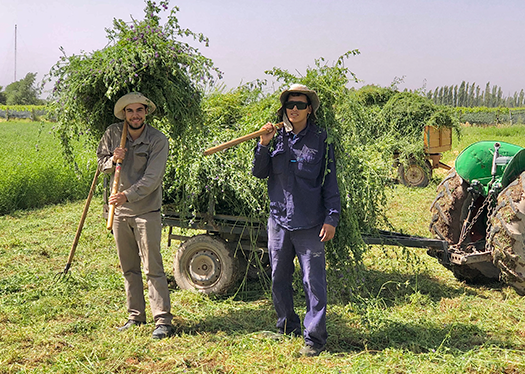

Promote biodiversity.
Conventional agriculture is mainly focused on profitability. In this framework, monoculture seems like a necessary solution in order to maintain efficiency. Nature doesn’t follow industrial principles, however, but rather favors complex interactions that ensure the evolution of the whole system. It is our task to create a biodiverse environment, with different plants and animals that promote a healthy ecosystem for the proliferation of various crops that are beneficial to humans.
Use of preparations.
This is one of the most controversial aspects of biodynamics, as it prescribes ancestral practices of soil and vegetable nutrition, which have more intuitive than scientific explanations. From our perspective, the use of preparations is a requisite part of the practice, and there are possible biological and nutritional explanations for their effectiveness. Our attitude in this aspect is mostly exploratory, as we do not consider these practices to be contrary to ecologically effective principles. In addition, you can complement these practices with other, highly effective modern practices in soil restoration, such as the use of compost, compost tea, cover crops, etc.
Observe interactions at 360 degrees.
Biodynamic agriculture promotes a well-being model that includes plants, the people who produce sustenance, and the people who consume it. This requires attention to all interactions, both within the agricultural system and between the system and its environment, all the way to the cosmos.
Develop the productive unit as a closed system.
This principle is fundamental to us for the development of viticulture that has identity and respect for the terroir. A closed system minimizes the input of external materials (fertilizers, herbicides, selected yeasts) and the output of waste. In this way, humans neither take nor throw away anything, reproducing nature’s cycle. At the same time, it ensures that the character of the place is preserved.
